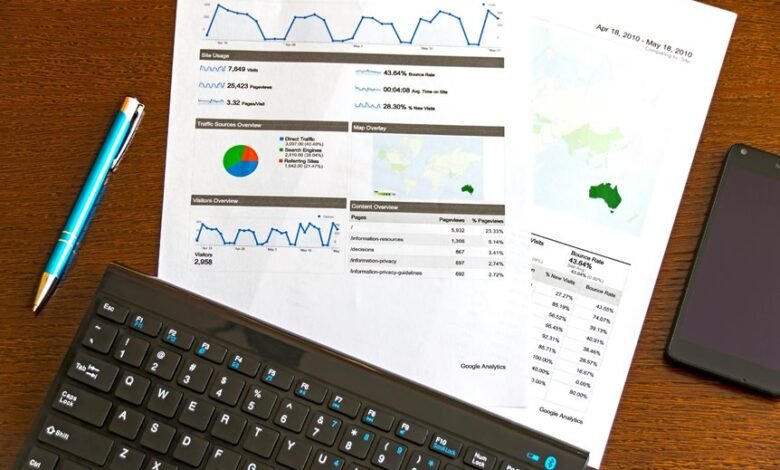Financial Performance Dashboard: 101023442, 101030500, 101040500, 104439950, 105517881, 107502735

The Financial Performance Dashboard for accounts 101023442, 101030500, 101040500, 104439950, 105517881, and 107502735 presents critical insights into financial health. It highlights profitability, liquidity, and leverage ratios, allowing stakeholders to monitor economic conditions effectively. This analytical tool not only identifies trends but also uncovers anomalies that could impact decision-making. Understanding these metrics is essential for aligning strategies with performance indicators, yet there are deeper implications worth exploring.
Understanding Financial Performance Metrics
Financial performance metrics serve as critical indicators of a company’s economic health and operational efficiency.
By evaluating financial ratios against established performance benchmarks, stakeholders can discern trends and make informed decisions.
These metrics, including profitability, liquidity, and leverage ratios, provide insights into resource allocation and organizational effectiveness.
Empowering individuals with the knowledge necessary to pursue autonomy in business operations and investment strategies.
Analyzing Key Account Numbers
Key account numbers serve as pivotal data points in evaluating a company’s financial landscape.
By analyzing these figures, stakeholders can identify account trends and revenue fluctuations that impact overall performance. This data-driven approach enables a clearer understanding of market dynamics, fostering informed decision-making.
Recognizing these patterns empowers organizations to adapt strategies, ensuring sustainable growth and financial freedom in an ever-evolving economic environment.
Leveraging Dashboards for Strategic Decision-Making
Dashboards emerge as powerful tools for organizations aiming to enhance strategic decision-making.
Through effective dashboard integration, businesses can access real-time insights that drive informed choices. By visualizing critical metrics, organizations can swiftly identify trends and anomalies, enabling proactive responses.
This data-driven approach empowers decision-makers to align strategies with performance indicators, fostering a culture of agility and transparency, essential for sustaining competitive advantage.
Conclusion
In summary, the Financial Performance Dashboard serves as a beacon of insight, illuminating the intricate tapestry of financial metrics for accounts 101023442, 101030500, 101040500, 104439950, 105517881, and 107502735. By artfully weaving together profitability, liquidity, and leverage ratios, stakeholders can navigate the landscape of economic health with confidence. This data-rich platform not only reveals trends but also gently guides organizations towards strategic decisions that foster enduring growth and a competitive edge in the marketplace.





